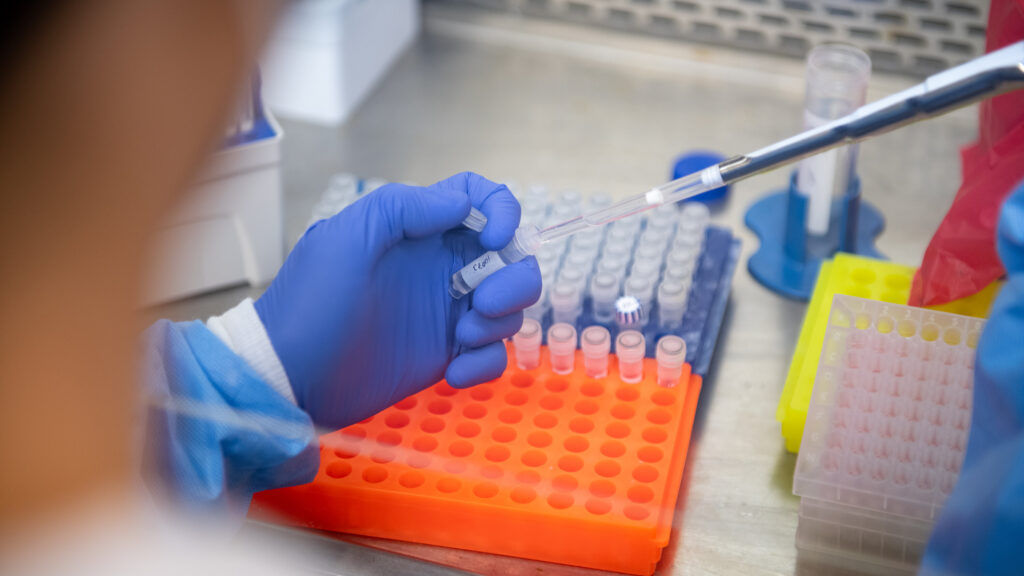The proposal set forth by the U.S. Food and Drug Administration FDA Lab Test Regulations tests has ignited a flurry of discussions and concerns within the medical community.
Traditionally, tests conducted within individual Lab Test Regulations have been exempt from stringent FDA scrutiny, but the new proposal seeks to subject a significant portion of these tests—spanning from prenatal screenings to intricate tumor gene sequencing—to increased evaluation, inviting feedback from a multitude of medical professionals, researchers, and industry experts.
Tip: Please fill out the form if you or a friend would like more information on glucose monitors.
Divergent Opinions and Rising Apprehensions
The initiative to regulate FDA Lab Test Regulations tests has generated a division of opinions among healthcare practitioners and industry insiders. While some laud the proposed measures as a step toward ensuring precision and patient well-being, others are apprehensive about potential hurdles that might impede innovation and limit public access to essential tests. The proposed changes have triggered concerns about potential business closures due to the added regulatory burdens.
The FDA Lab Test Regulations Shifting Regulatory Focus
The FDA Lab Test Regulations’s historical oversight has been primarily directed at evaluating in vitro diagnostic tests used across multiple laboratories, overlooking the scrutiny of lab-developed tests.
However, with the rapid advancement of sophisticated DNA analyses and their expansive application beyond individual hospital settings, the agency is contemplating subjecting these tests to more rigorous evaluations, categorizing them based on risk levels akin to medical devices.
Must Read CGMs in noncritical care hospitals optimizes glycemic control
Weighing Regulatory Stringency and Innovation
Amidst the clamor for increased oversight to ensure test accuracy and patient safety, critics are cautioning against the potential consequences of stringent regulation. Worries persist about the practical implications of the FDA’s proposal, citing instances during the COVID-19 pandemic when test launches were delayed due to extensive regulatory reviews, impeding timely public access to critical diagnostics.
Ethical Considerations and Feasibility Challenges
As researchers strive to offer predictive tests for diseases like Alzheimer’s, they grapple with ethical dilemmas and the significant time and resources required for comprehensive clinical testing before test approval. The urgency of providing potentially life-altering information to patients clashes with the need for rigorous validation—a dilemma at the intersection of scientific advancement and ethical responsibility.
Don’t miss the Guide about Wegovy Dosage Guide: The Best Way For Weight Loss
Ensuring Quality and Consistency
Persistent concerns regarding the quality of testing persist within the medical community. Studies revealing inconsistencies in identifying crucial gene variants among different labs underscore the urgent need for stringent quality control measures. These measures are crucial in guaranteeing precise patient diagnosis and effective treatment pathways.
Also, read about Diabetes Care Developments: 2024 Standards Unveiled
The Roadmap Ahead
Although the FDA Lab Test Regulations has proposed a phased implementation plan, the specifics of the process remain shrouded in ambiguity. The agency seeks feedback on various aspects, including the applicability of distinct policies in academic medical centers versus commercial settings. The uncertain fate of these proposed changes reflects past challenges faced by similar regulatory alterations.
While the proposed regulatory changes aim to elevate patient safety and enhance the accuracy of medical tests, they are met with skepticism and uncertainty. The discourse within the medical community revolves around striking a balance between regulatory vigilance and nurturing innovation in the evolving landscape of medical diagnostics.


